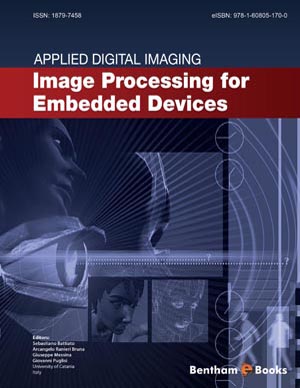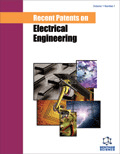Abstract
In this Chapter different auto focusing techniques are analyzed. First Auto-focus (AF) techniques were implemented into Single Lens Reflex (SLR) cameras. They use a dedicated system to focus a scene which is independent from the acquisition part mainly based on a phase detection system. Digital still cameras (DSC) instead use the acquisition sensor also to focus the scene. An image processing system based on contrast analysis finds the in-focus position and is employed in DSC due to its compactness and cheapness. Both the SLR and the DSC optics need a moving lens to focus the scene. Very low cost and ultra small cameras, such as those integrated into mid-low cost Personal Digital Assistant (PDA) (i.e., smart-phones), don’t have any moving part. In this case to accomplish a further extension of the Depth of Field (DoF) these modules implement a digital auto-focus technique known as Extended Depth of Field (EDoF). Nowadays most of the camera systems implement sophisticated content dependent AF models: they are capable to optimize their behavior for still and video acquisition, to detect and prioritize focus on faces and to predict new lens position when moving object are being focused.





















